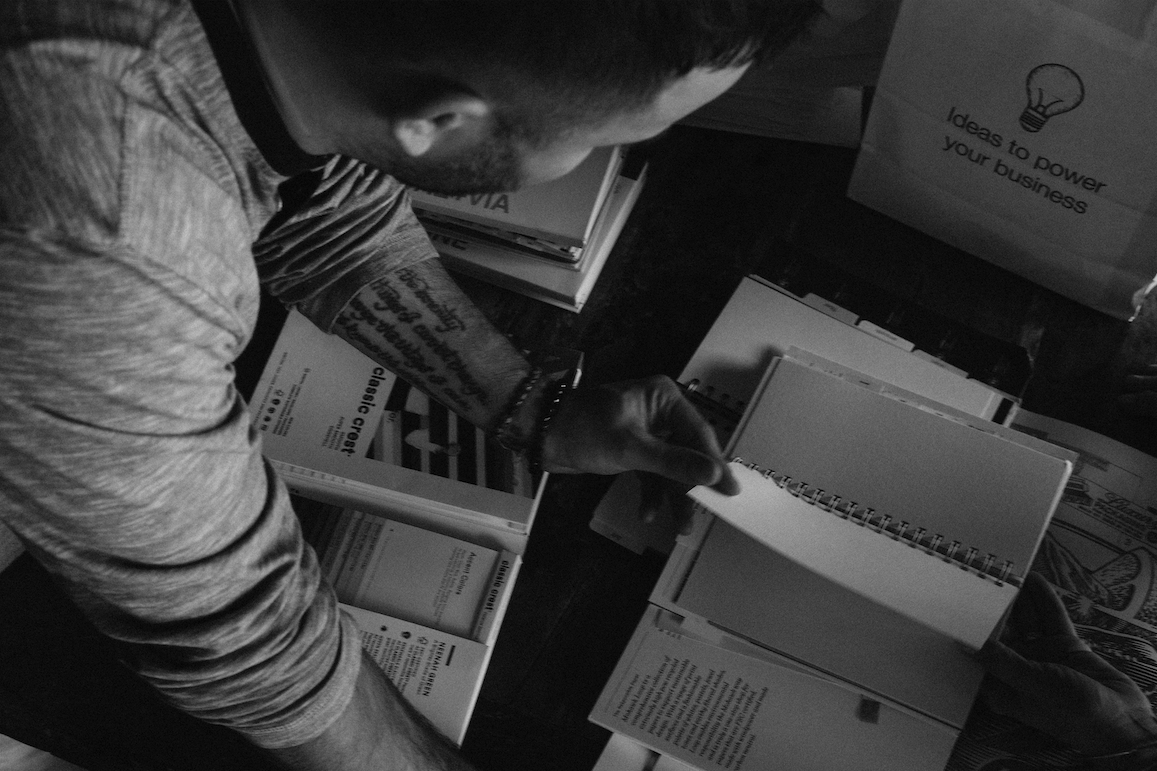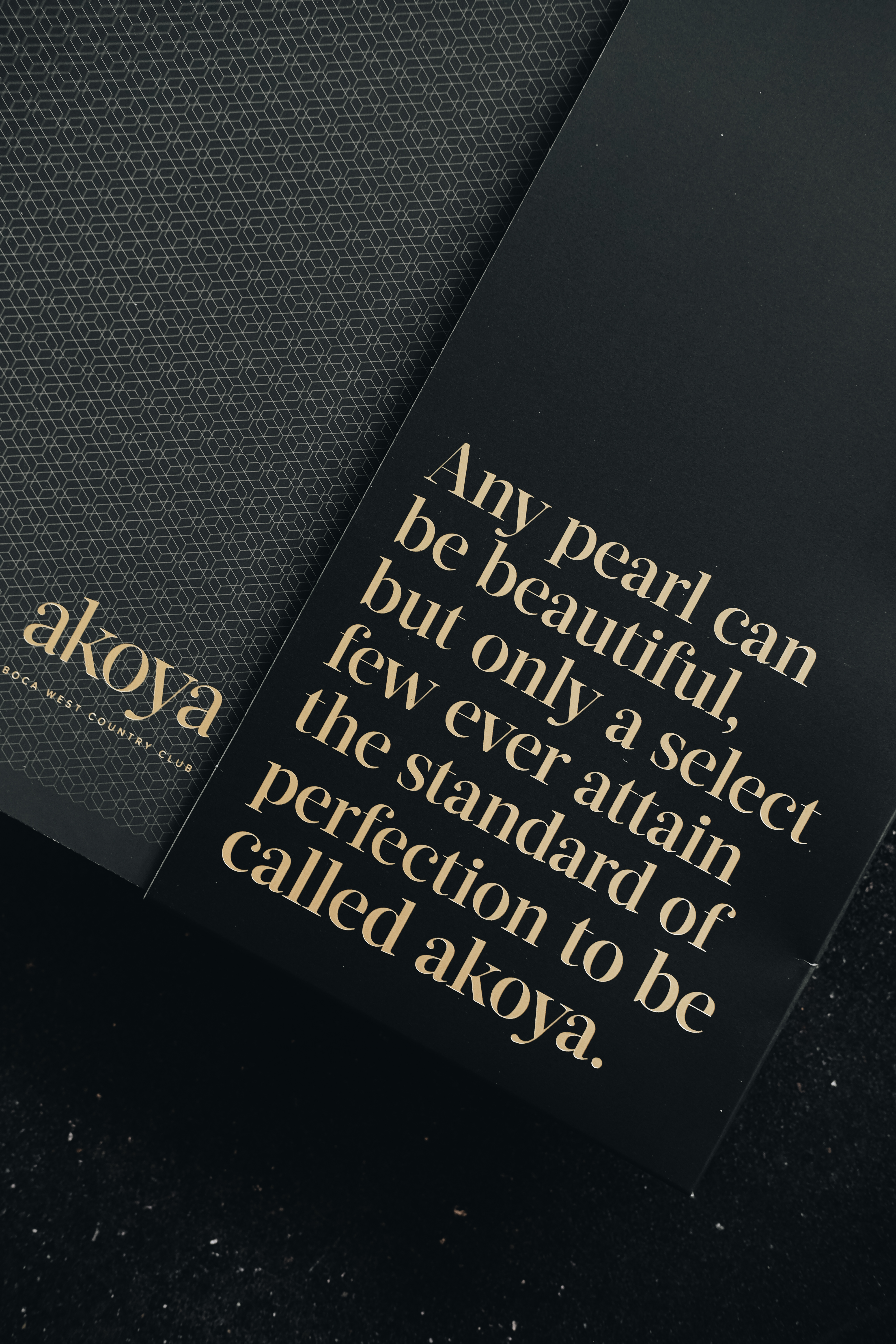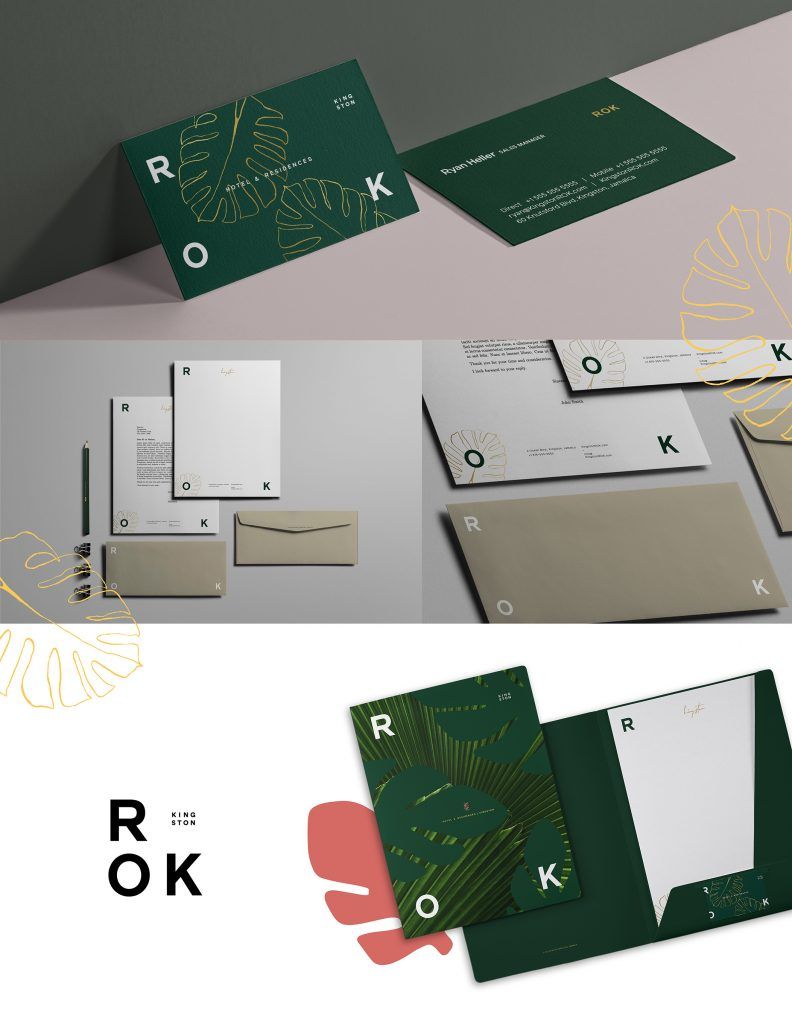One of our writers lives in a neighborhood where the city is in the middle of a huge tree-planting project. Their streets had lost a great deal of canopy when Hurricane Irma came through a few years ago, and the shady covered roads had lost a bit of their charm. Almost as soon as the project started, however, neighbors had complaints. “Trees are messy,” and “I never asked for a tree” were popular complaints as were the responses from excited residents who couldn’t understand why anyone would be resistant to nature. In most cases it wasn’t the tree itself that was a problem for any one neighbor as much as the unexpected change to the city-owned property in front of their homes.
As human beings, we’re all somewhat resistant to change – especially when we’re in a situation that “works” for us. It is a instinctual behavior developed over centuries to help us know how to survive harsh winters, how to avoid poisonous berries, and later, how to stay away from the dangers of gas station sushi. Embracing change is a skill that can be learned like anything else.
Start by identifying your emotions. Does the change make you mad? Worried? Anxious? Confused? Then, locate the source of that feeling. For our story above, some neighbors were mad that no one had contacted them to let them know the project was taking place. Others were worried trees would be planted too close to power lines. Some were confused about how the city chose certain types of trees [all native species]. These were all concerns that could be easily answered once the feeling of resistance was identified.
That’s not always enough for some people. Many of us like to hold on to things out of tradition or memory. Sometimes the logical answer doesn’t solve the emotional dilemma. In those cases, one of the most powerful exercises to try in the attempt to accept change is to take all the people out of the equation. That may sound strange at first, but consider the following: a resident doesn’t want a tree because, well, they just don’t. The city wants one because it cools streets and improves property value. Take the people out of that situation and what’s left is the tree. What would the tree want? Is the tree really asking for too much? “Mysteriously” and anonymously, the trees on our writer’s street all showed up one morning with name tags and a thank you note that went something like this… Hi! I’m Trevor. I’m a Florida Pigeon Plum and I am super grateful for this friendly piece of soil you’ve given me to grow and be part of your home. I’m great at holding orchids in my branches, I don’t require a lot of water, and I’m pretty strong against hurricanes once my roots grow in. Thank you for being my friend. The neighbors who had been protesting having the trees removed withdrew their complaints. By taking the idea of a winner and loser out of the equation, the change was easier to accept.
Our lives have changed a ton recently. They’re going to keep changing for the foreseeable future. The choice we have is in how we manage those changes. Recognizing resistance is how we accept change. Learning to accept change is how we grow.
Source : https://www.heliumcreative.com/the-art-of-embracing-change/
As human beings, we’re all somewhat resistant to change – especially when we’re in a situation that “works” for us. It is a instinctual behavior developed over centuries to help us know how to survive harsh winters, how to avoid poisonous berries, and later, how to stay away from the dangers of gas station sushi. Embracing change is a skill that can be learned like anything else.
Start by identifying your emotions. Does the change make you mad? Worried? Anxious? Confused? Then, locate the source of that feeling. For our story above, some neighbors were mad that no one had contacted them to let them know the project was taking place. Others were worried trees would be planted too close to power lines. Some were confused about how the city chose certain types of trees [all native species]. These were all concerns that could be easily answered once the feeling of resistance was identified.
That’s not always enough for some people. Many of us like to hold on to things out of tradition or memory. Sometimes the logical answer doesn’t solve the emotional dilemma. In those cases, one of the most powerful exercises to try in the attempt to accept change is to take all the people out of the equation. That may sound strange at first, but consider the following: a resident doesn’t want a tree because, well, they just don’t. The city wants one because it cools streets and improves property value. Take the people out of that situation and what’s left is the tree. What would the tree want? Is the tree really asking for too much? “Mysteriously” and anonymously, the trees on our writer’s street all showed up one morning with name tags and a thank you note that went something like this… Hi! I’m Trevor. I’m a Florida Pigeon Plum and I am super grateful for this friendly piece of soil you’ve given me to grow and be part of your home. I’m great at holding orchids in my branches, I don’t require a lot of water, and I’m pretty strong against hurricanes once my roots grow in. Thank you for being my friend. The neighbors who had been protesting having the trees removed withdrew their complaints. By taking the idea of a winner and loser out of the equation, the change was easier to accept.
Our lives have changed a ton recently. They’re going to keep changing for the foreseeable future. The choice we have is in how we manage those changes. Recognizing resistance is how we accept change. Learning to accept change is how we grow.
Source : https://www.heliumcreative.com/the-art-of-embracing-change/



























0 comments: